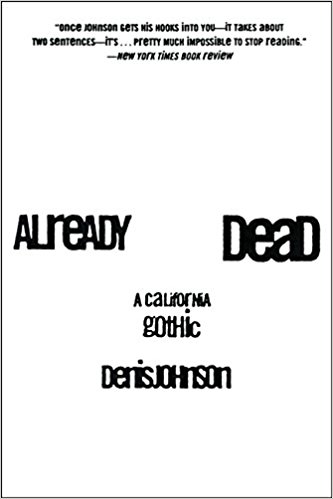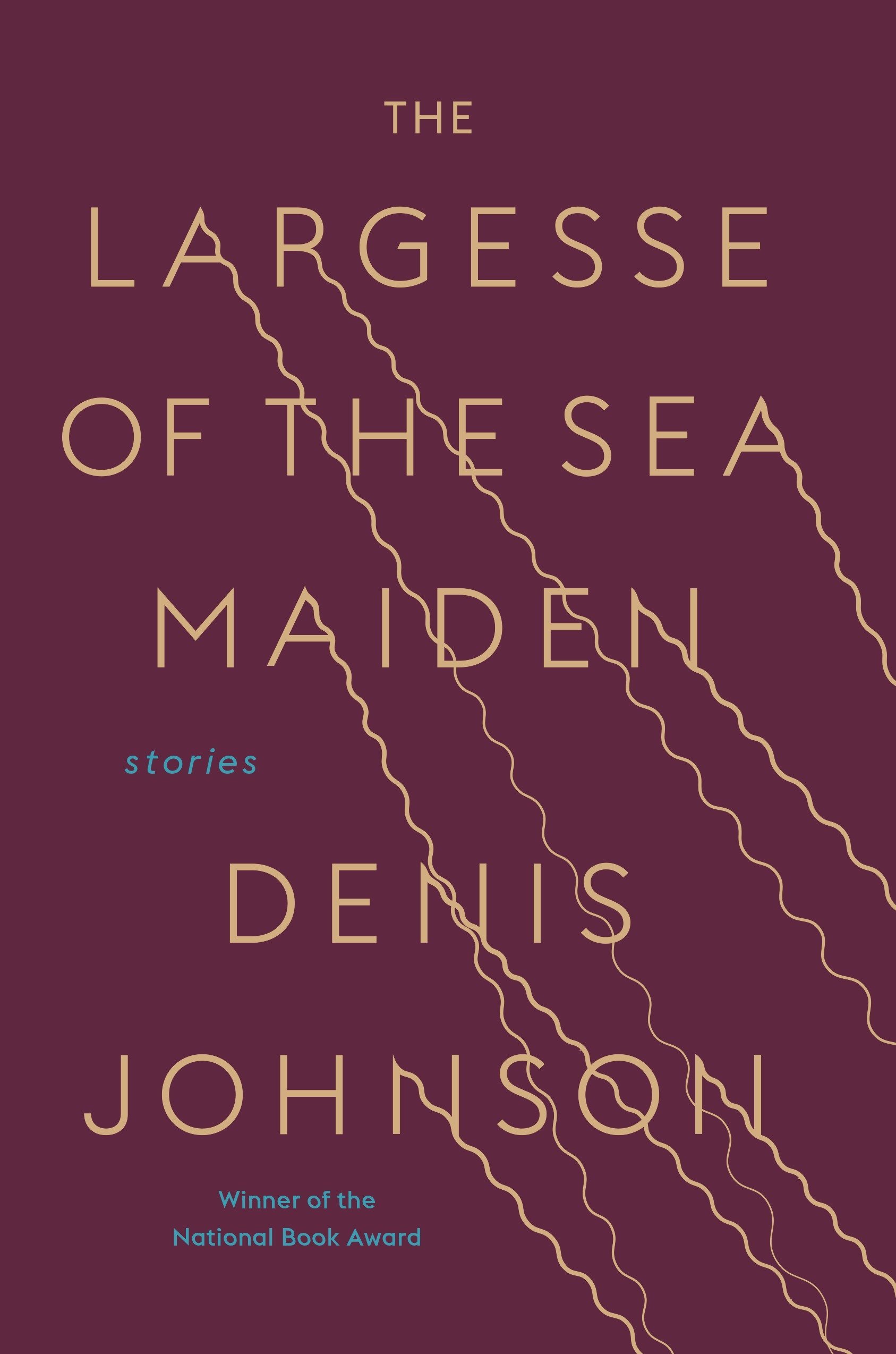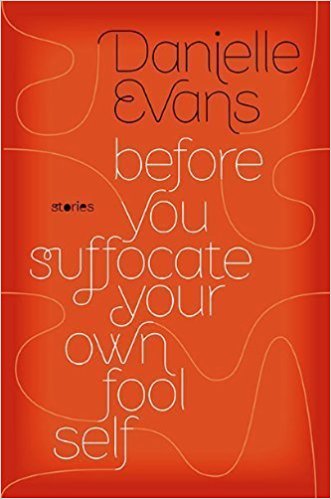Student Picks: The Book of Strange New Things
Arun Chittur - Despite the several weeks it took for me to finish Michel Faber’s The Book of Strange New Things, I recommend it strongly as an example of fiction that explores tough philosophical questions using a plausible, speculative approach. It’s science fiction without being over-the-top, a world easy to imagine as a successor to our present.
An Earthbound multi-national leads an effort to colonize an alien world to support mining of a valuable mineral. Unlike James Cameron’s blockbuster Avatar, the indigenous population capitulates and learns to live as humans overtake them. At some point in an undefined past, a visitor from Earth introduces the Christian Bible to the planet—this leads to hundreds of converts looking for someone to lead them in their question to understand the story of Christ as told in the “Book of Strange New Things.”
Faber crafts a deeply flawed character in Peter, the pastor enlisted by the corporation to minister to the new converts. He leaves behind a family and war-torn world for a new dawn in his own journey as a man and a Christian. We are left to wrestle alongside him with questions of love, loss, and our responsibility to this world and the next.
Arun Chittur is a graduate of The Mountainview Low Residency MFA in Fiction and Nonfiction.





























